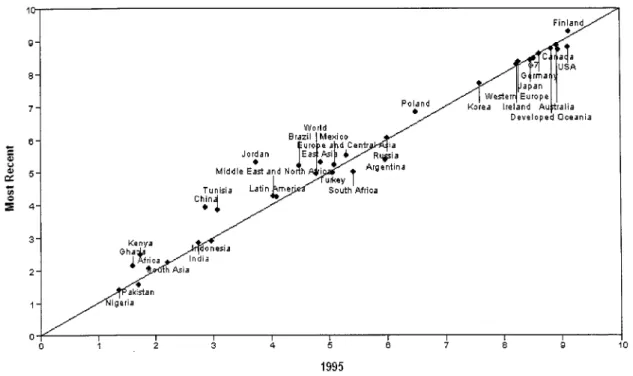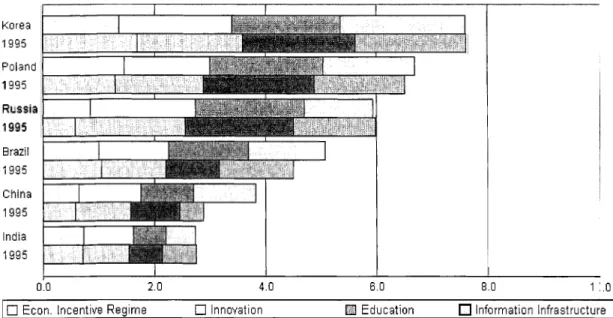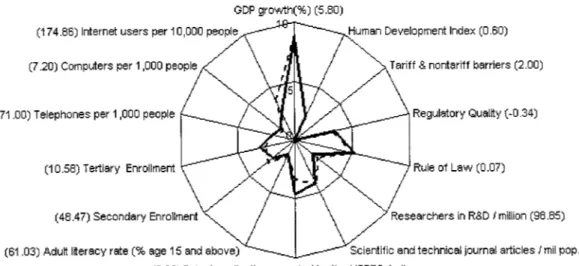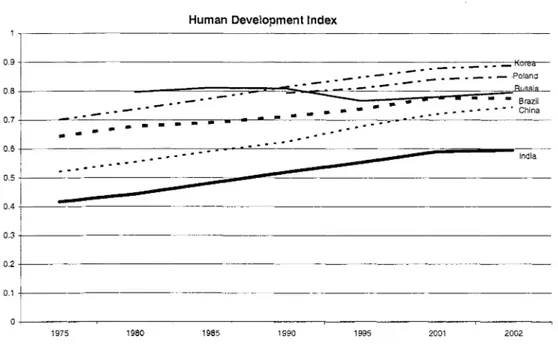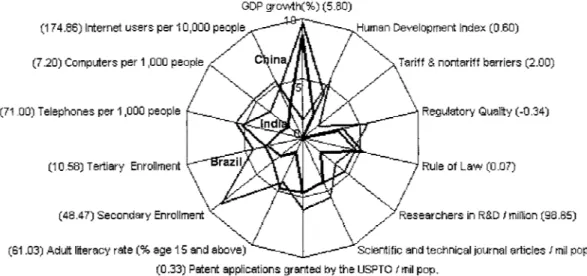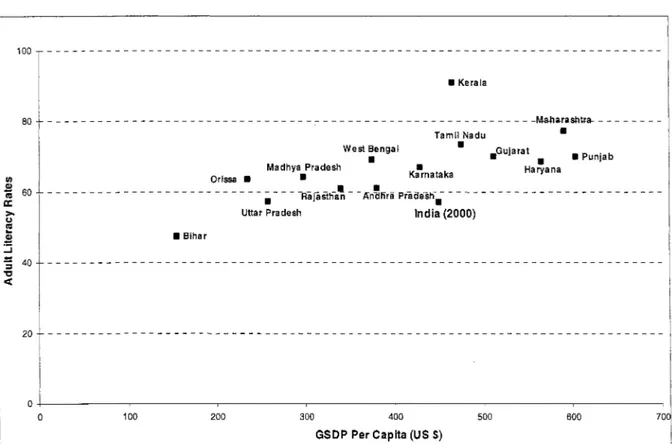Public Disclosure AuthorizedPublic Disclosure AuthorizedPublic Disclosure AuthorizedPublic Disclosure Authorized
Volltext
Abbildung
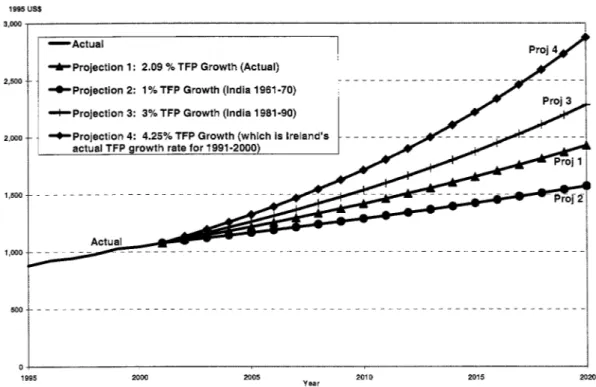
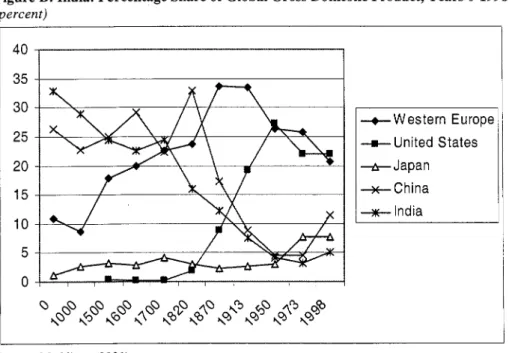

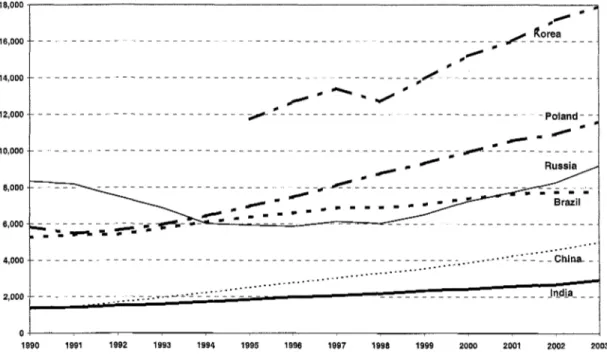
ÄHNLICHE DOKUMENTE
Labor regulations, therefore, need to b e simplified, revised and aligned with current market realities, such as the existence of contract labor and the requirements
Because purdah practices and mobility restrictions on females are severe in parts o f Pakistan, moreover, early marriages are likely to confine females to the marriage
Candidates for disengagement by the federal government include: population planning, agriculture, local govemment, tourism development, transport and communications, delivery o f
Poverty Reduction and Economic Management Sector Unit South Asia Region. Public Disclosure Authorized Public Disclosure Authorized Public Disclosure Authorized Public
The principal complications are a number o f specific duties on key commodities in Sri Lanka, and in Nepal a rather large number o f products subject to high Customs duties
An important feature o f tariff policies in South Asia i s that Palustan, Bangladesh, Sri Lanka and Nepal all use import taxes which have protective effects (also
Export controls and taxes continued to be applied to plantation crop exports, however, in contrast to continuing high protection o f import substitution
Keywords: Maldives, tobacco, cigarettes, bidi, chewing tobacco, tobacco consumption, health, economics, taxes, import duties, prices, revenues.. Disclaimer: The
